Who is liable when self-driving cars hurt innocent victims?
In December, a self-driving Chevy Bolt in San Francisco collided with a motorcyclist who was attempting to pass the automated vehicle. The injured motorcyclist is now suing General Motors, which manufactures the self-driving technology, saying that the automated vehicle was behaving unpredictably.
As self-driving technology is developed and tested on roads across the country, incidents like this are raising legal issues that will become increasingly important as driverless cars become more common. Who is at fault when self-driving cars injure innocent people: the person on board, the owner of the car, or the manufacturer of the technology? To some extent, the answer depends on the level of automated vehicle technology in use at the time of the crash.
The levels of automated vehicle technology
We expect a driver using cruise control on the highway to still stay alert and slow down when traffic conditions change. However, when an automated system is monitoring traffic conditions and adjusting the vehicle's speed accordingly, expectations for the human operator start to change.
Depending on the level of automation, human operators may or may not be prepared to take control when something goes wrong. At the highest levels of automated technology, humans on board act more like passengers, with no expectations that they would take any actions to prevent collisions - or potentially be held responsible if collisions do occur.
The National Highway Transportation Safety Administration divides the spectrum of automation into six different levels, which determine how engaged a human must be in the driving task.
- Level 0: No automation. The human driver must control all aspects of driving.
- Level 1: Driver assistance features. Some specific features may be automated, such as antilock brakes, but the driver must still control the vehicle.
- Level 2: Partial automation. The driver must still be engaged in the driving task and pay attention to the environment, but some control functions are automated, such as acceleration, steering and lane centering.
- Level 3: Conditional automation. All driving functions are automated, and the vehicle can perform all aspects of driving under some circumstances, but the driver must be prepared to take control of the vehicle if necessary.
- Level 4: High automation. The vehicle can perform all driving functions in certain conditions. In other circumstances, a human may need to control the vehicle.
- Level 5: Full automation. The vehicle can perform all driving functions in all conditions. At this point, humans on board become like passengers and never need to be involved in the driving.
Negligence or product liability?
In car crashes involving human drivers, a victim typically must show that the other driver acted negligently - for example, by speeding or texting while driving - and that this negligence led to the collision. A car crash caused by equipment failure, on the other hand, could lead to a product liability case, where liability may rest with the designer or manufacturer of the defective product.
Defective code isn't quite the same as an airbag that doesn't inflate - unlike an airbag, code allows an automated driving system to make driving decisions that would otherwise be made by a human - but it is still likely that the creator of the defective code would be the one held responsible for injuries that occur because of the defect. However, this would, in many cases, require a cost prohibitive product defect case against the vehicle manufacturer.
In a guide for policymakers grappling with automated vehicle technology, the RAND Corporation predicts that manufacturers of ADS technology will increasingly be the ones held liable for injuries caused by automated vehicles, rather than the individuals who own or operate the vehicles. However, the guide also raises the possibility of manufacturers being held liable for not installing ADS technology.
In Burress Injury Law's view, it seems more likely that there will be a movement to increasing no-fault insurance coverage (personal injury protection, or PIP) rather than filing product liability actions. To justify a products claim, the injuries have to be severe because of the costs associated in funding product liability cases, and most crashes do not result in injuries severe enough to justify this type of case.
In light of this, we believe a movement to increase PIP insurance makes more sense. There are many insurance companies that now limit PIP insurance to $10,000, while others currently allow customers to purchase $1,000,000 or more in coverage.
At Burress Injury Law, we are closely following this emerging area of law so that we can protect victims of crashes involving automated vehicles just as effectively as we do victims of other types of crashes.








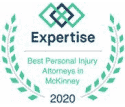

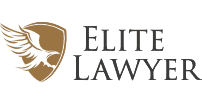



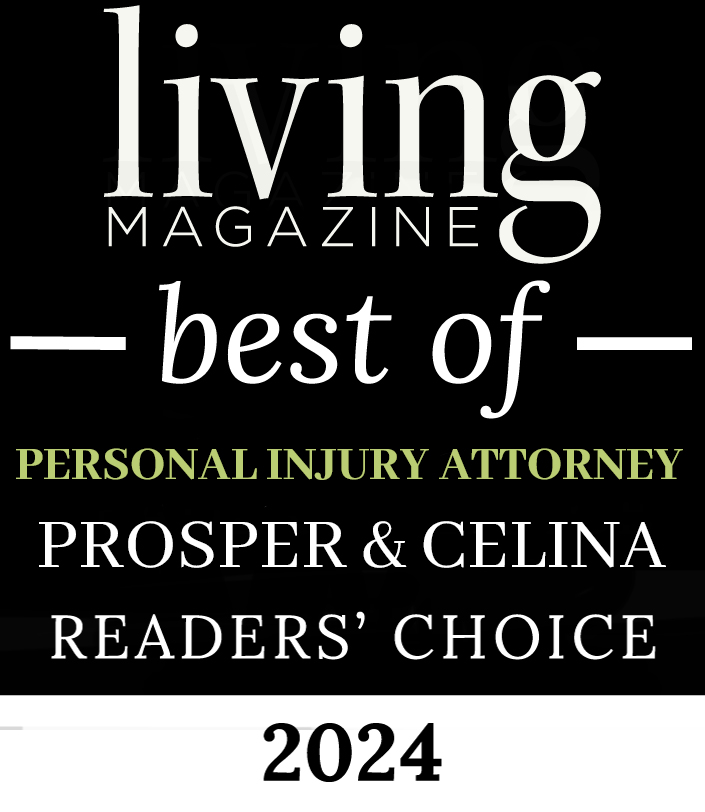
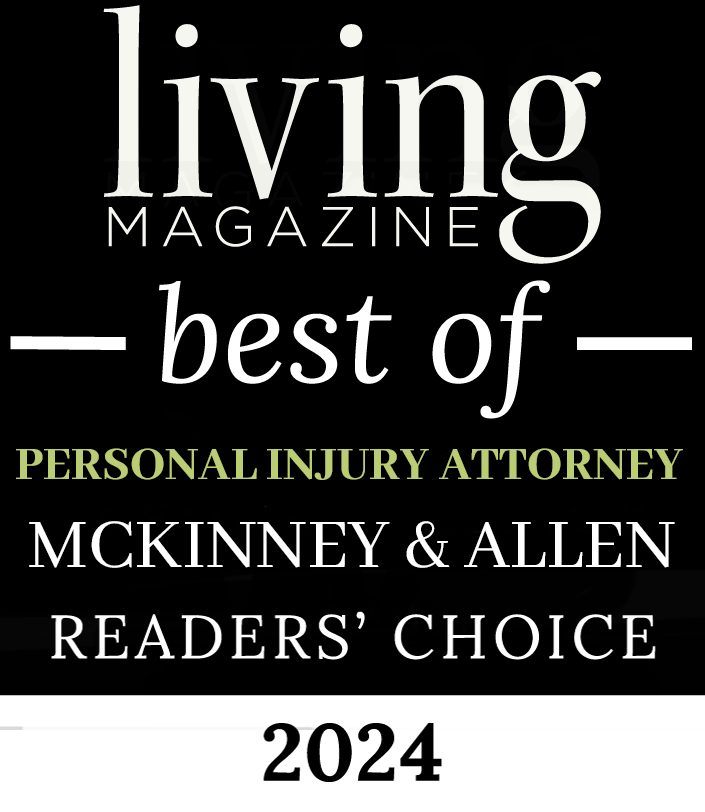
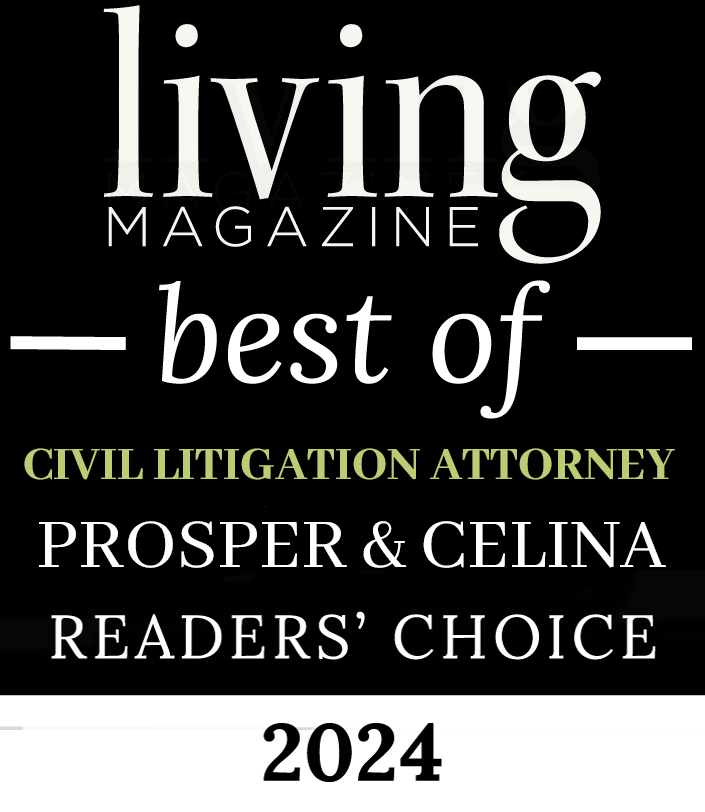


 ÓN
ÓN
